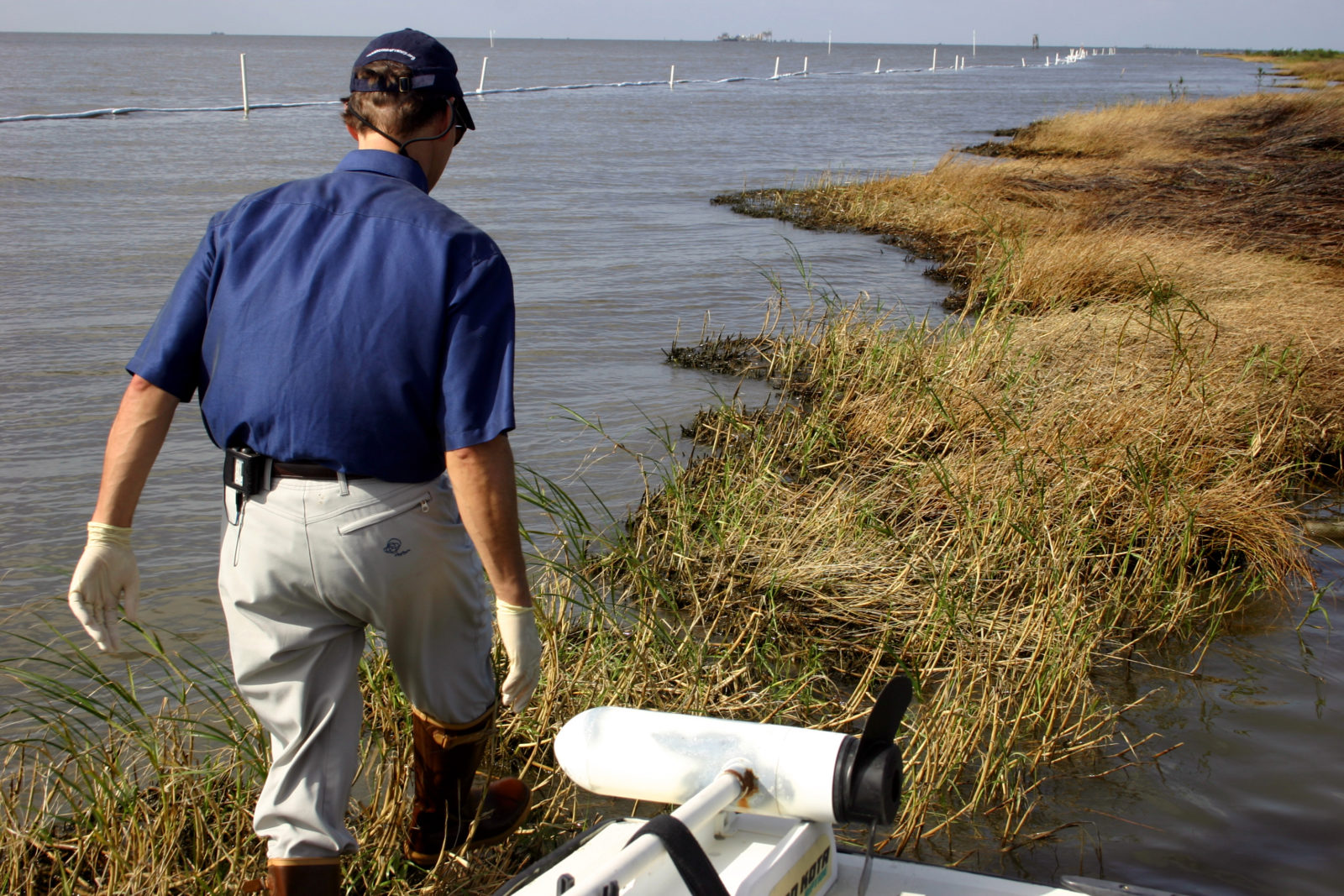Gulf Restoration: Moving Planning Across State Lines
Published by Ocean Conservancy
Restoring the Gulf of Mexico after the BP Deepwater Horizon oil disaster will take a lot of time and money, and there are several different decision-makers involved. One of those decision-making bodies is the Gulf Coast Ecosystem Restoration Council, a group of state and federal agency leaders who oversee $3.2 billion in Clean Water Act fines that BP and other parties were required to pay for their role in the disaster.
Back in 2016, tens of thousands of ocean supporters like you called on the Council to update their comprehensive plan to restore the Gulf, with more ambitious goals like ensuring that Council members collaborate on their project proposals across watersheds, leverage funding across programs, and include meaningful opportunities for the public to weigh in.
The Council not only heard our concerns, but they also recognized that the best way to achieve these goals is to make sure the Council members have adequate funding to carry them out.
With their newly approved Final 2017 Funded Priorities List: Comprehensive Commitment and Planning Support, the Council will invest in collaborative, long-term planning for the Gulf, as opposed to spending each annual payment from the Deepwater Horizon settlements on small, disconnected projects. Many great, shovel-ready projects have already been funded to start repairing the Gulf, but now is the time for long-term thinking.


While this new investment won’t directly replant marsh grass or monitor fish species, it will provide grants from the Deepwater Horizon settlements to the Council members to ensure that those projects to restore marshes or fish or any other part of the Gulf will be coordinated. Here at Ocean Conservancy, we think this type of planning will ultimately lead to more effective restoration.
The Council members will be able to leverage restoration dollars to develop high-impact projects, which we hope lead to bigger improvements in the health of the Gulf ecosystem.
While we all tend to focus on issues limited to our city or state, we know that’s not how an ecosystem works. Gulf animals don’t stop at state lines, and neither did the 210 million gallons of oil that spewed into the Gulf. Likewise, the projects to restore the Gulf shouldn’t be limited to within state borders. Additionally, many Gulf states share a river on their borders, like the Perdido River between Florida and Alabama, and the Sabine River between Texas and Louisiana. With a properly funded coordination program, these states will be able to compare project ideas and submit joint project proposals for funding with settlement dollars. They are also better prepared to build their project ideas on the best-available science and environmental compliance. And with the proper amount of time, capacity and funding, state and federal leaders can more thoughtfully engage with coastal communities and tribes to understand their needs and incorporate their ideas into project proposals.
The Gulf is one interconnected ecosystem, and we must ensure that our wildlife and habitats are fully recovering—not just in one state, but across the entire Gulf region. We commend the Council for taking this important step, and we look forward to working collaboratively with our partners and local communities to build the best possible future for the Gulf.
The post Gulf Restoration: Moving Planning Across State Lines appeared first on Ocean Conservancy.
Read the full article at: https://oceanconservancy.org/blog/2018/01/31/gulf-restoration-moving-planning-across-state-lines/



